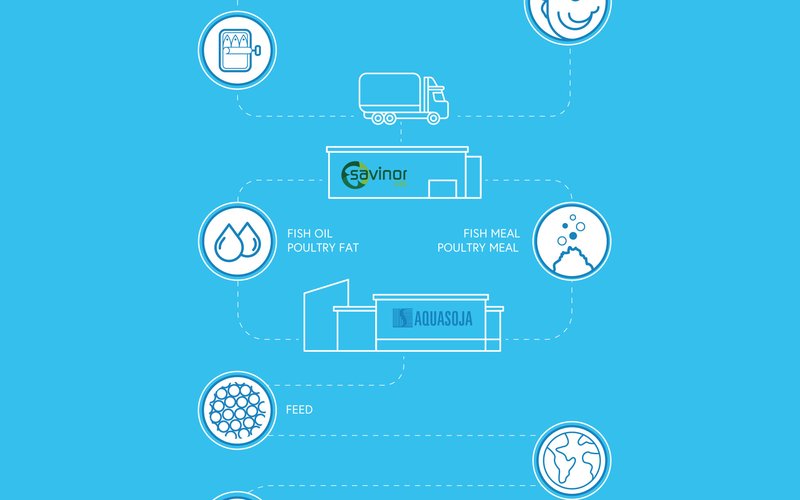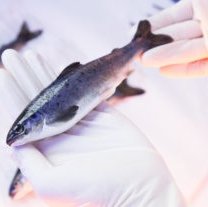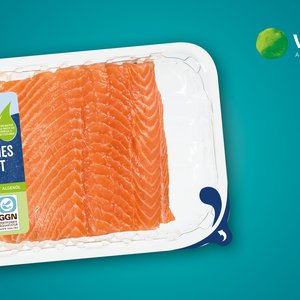In order to provide environmentally sustainable and affordable solutions to its customers, Aquasoja’s research lines focus on reducing the use of traditional fishmeal and fish oil from fisheries, ingredients that are both expensive and unsustainable, to produce and market tailor-made integrated nutritional solutions for fish and shrimp.
One alternative is the use of land-animal byproduct meals and fats, specifically ingredients produced from poultry byproducts. Hydrolyzed feather meal, poultry byproduct meal and poultry fat are excellent protein and lipid sources that are available and relatively low priced.
Nonetheless, the company considers it important to have an environmental life cycle assessment (LCA) of these animal feed ingredients based on their valorization for the aquafeed industry. With this aim, Aquasoja analyzed four impact categories: global warming, abiotic depletion, acidification and eutrophication.
The results showed that the poultry production phase is mainly responsible for the acidification and eutrophication in the aquafeed ingredients production system. On the other hand, global warming and abiotic depletion are mainly influenced by the rendering process, in which the fuel mix is mainly responsible. All the impact categories (except eutrophication) could be reduced if wood pellets were used as the sole heat source.
Overall, the production of feed ingredients from poultry byproducts has relatively low impacts for the categories analyzed and, therefore, they could be used as environmentally sustainable ingredients in animal feeds, particularly in the aquafeed industry. Furthermore, the study showed that the impact of these ingredients is much lower than traditional fishmeal and fish oil, indicating that using them as replacers would substantially decrease the environmental impacts of aquafeed production in the impact categories considered.













